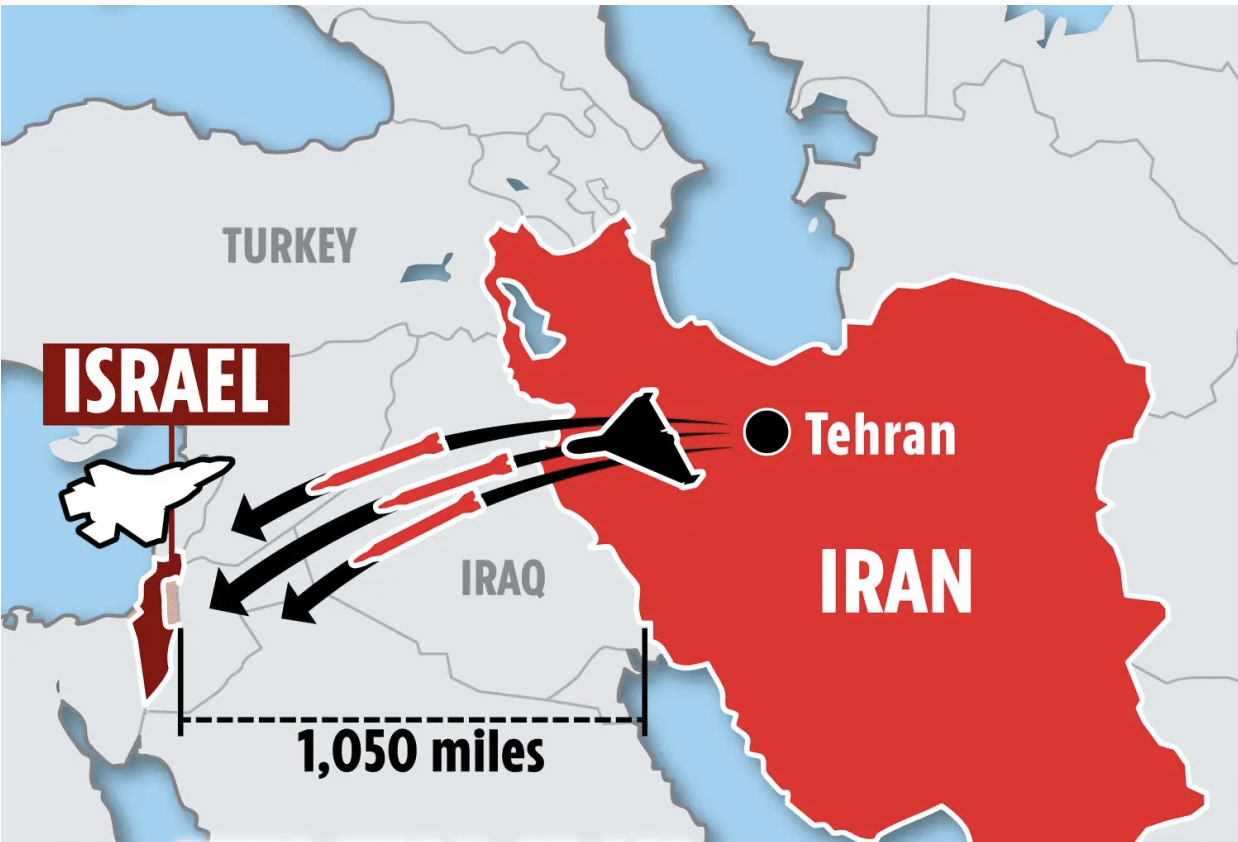Corn isn’t the sexiest crop but it’s one of the most important. It’s the most abundant grain on Earth, used as food and biofuel around the globe. In ancient times, Mesoamericans thrived on it, waged wars over it. Their myths claimed corn was the matter from which gods created mankind itself. But, just as corn helped create these civilizations, these civilizations helped create corn through meticulous selective breeding. Today’s grain hardly resembles its ancestors. Compared to the wild plant first cultivated by ancient Mexicans some ten thousand years ago, modern corn is a super mutant. And yet, after all those thousands of years of cultivation,
just two main genes are thought to be responsible for the evolution of the corn we eat today. Selective breeding is painstakingly slow and imprecise. But that’s all about to change. New gene-editing tools like CRISPR/Cas9 now let scientists hack into genomes, make precise incisions, and insert desired traits into plants and animals. We’ll soon have corn with higher crop yields, mushrooms that don’t brown, pigs with more meat on the bone, and disease-resistant cattle. Changes that took years, decades, or even centuries, can now be made in a matter of months. In the next five years you might eat tortilla chips made from edited corn. By 2020 you might drink milk from an edited cow. READ MORE



















IT KILLING US .